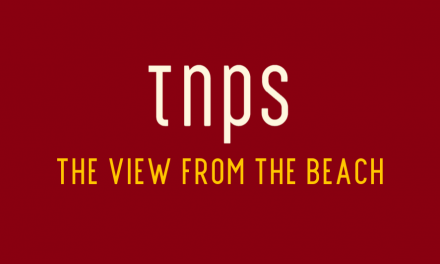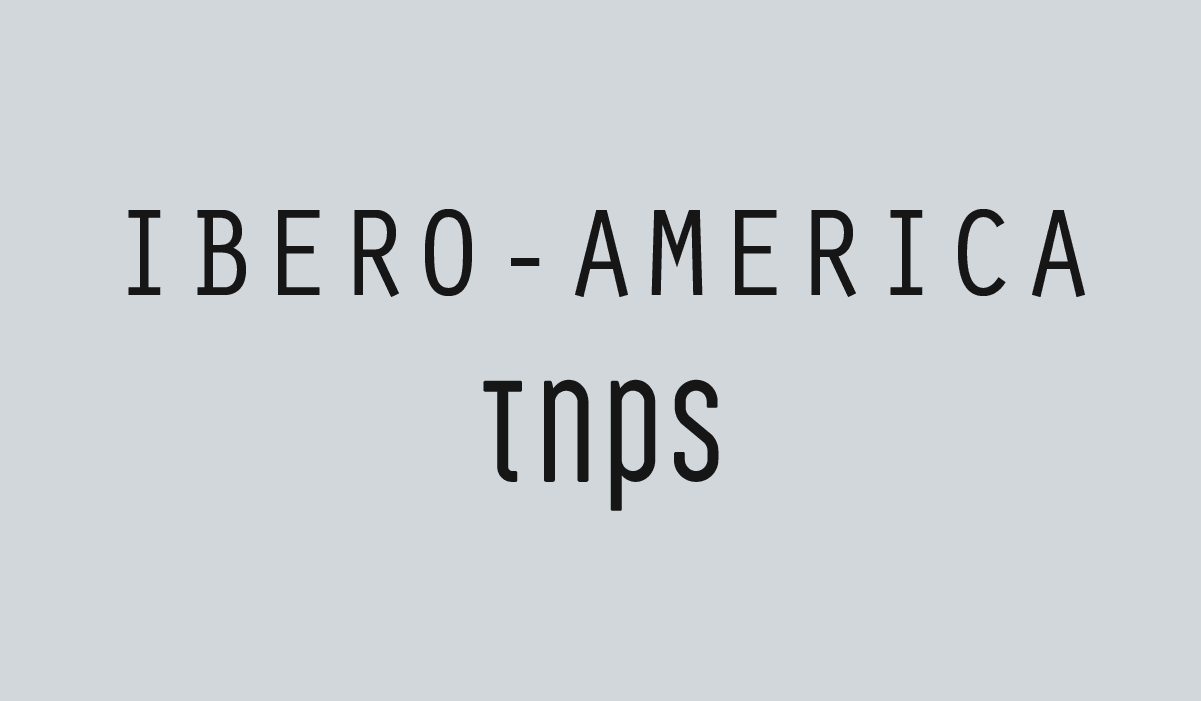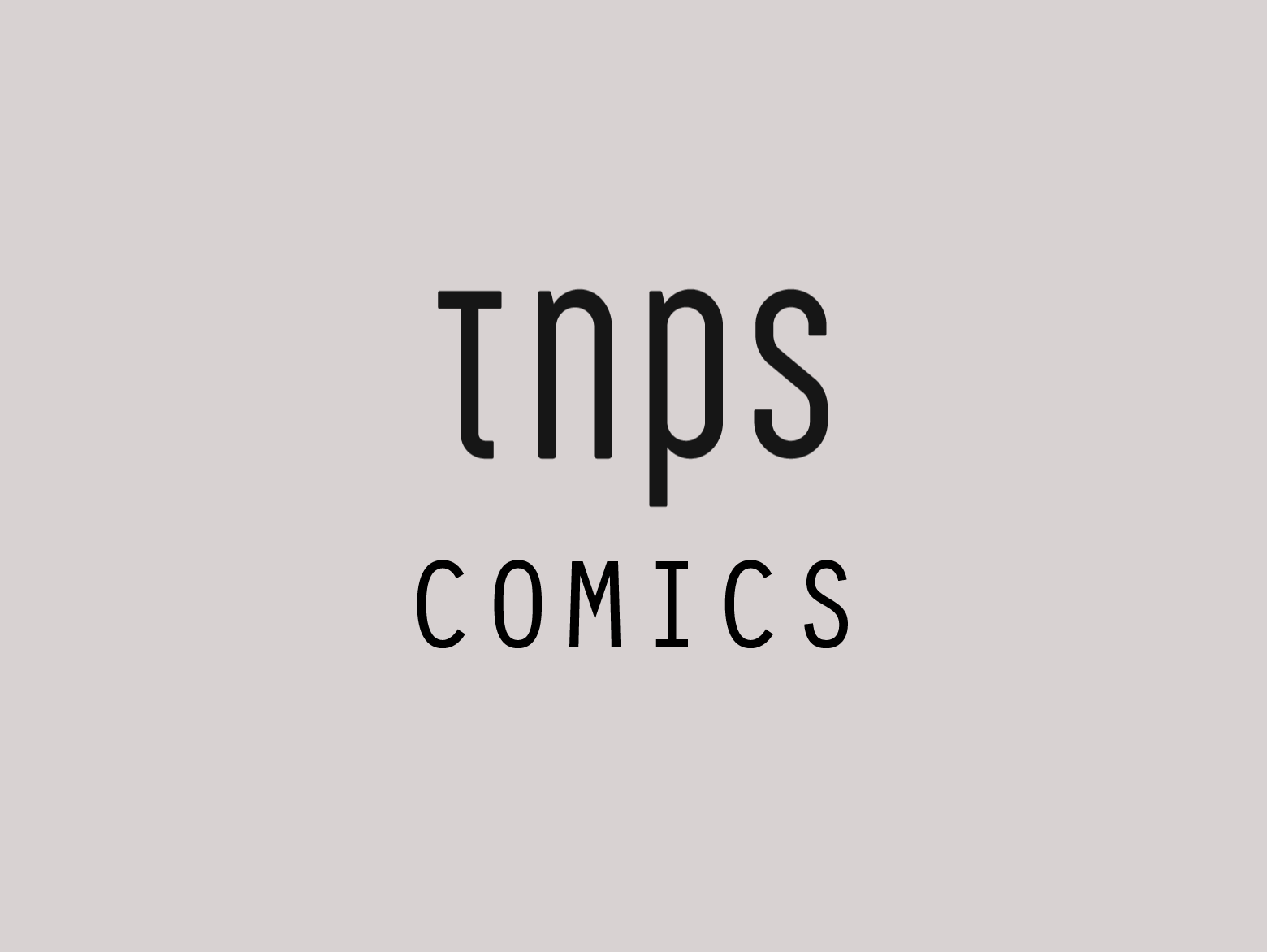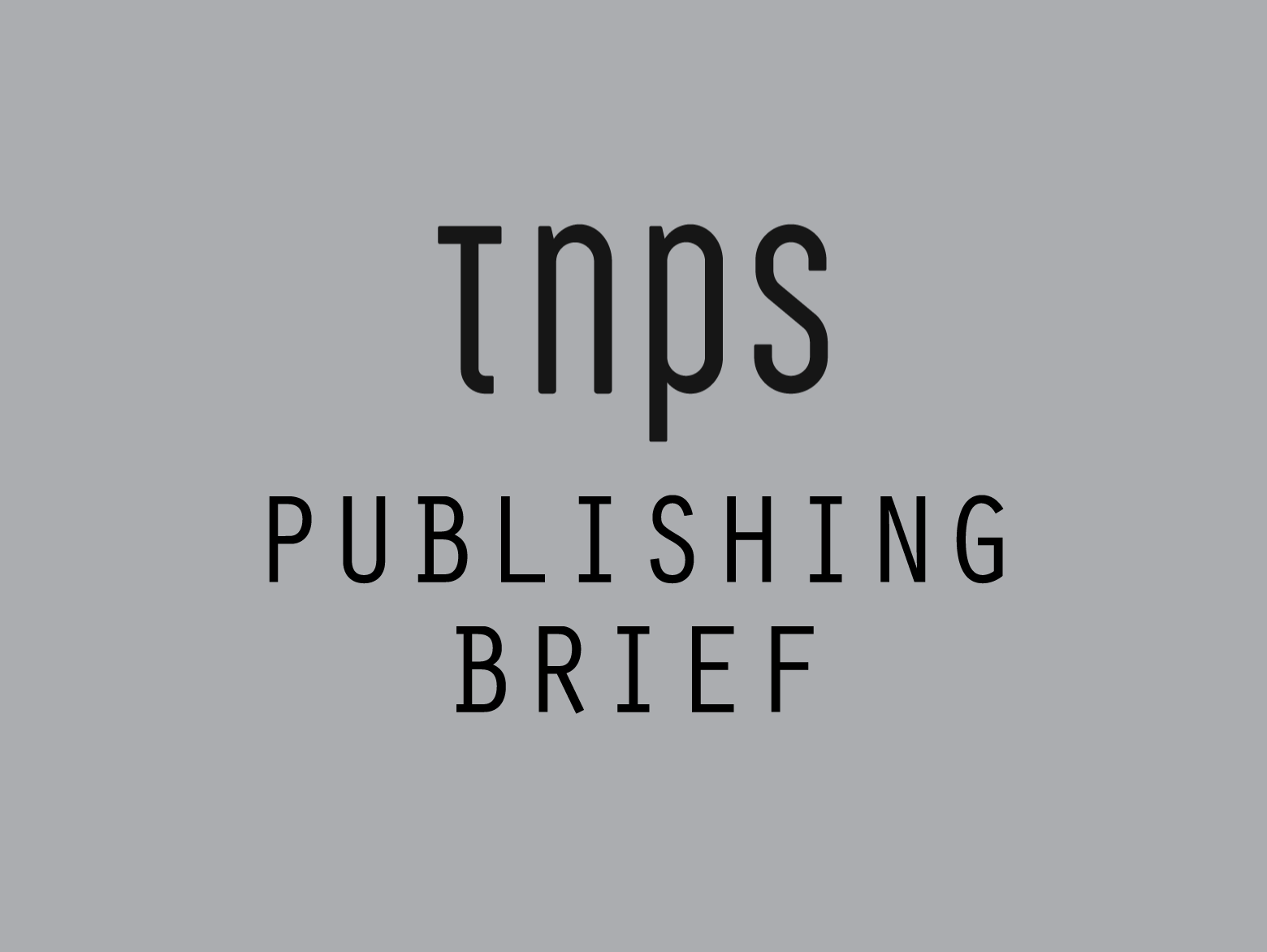This is a translation of an original article by Daniel Kotliński, which can be found here.
An entertainment platform, not a bookstore with a subscription option. Prospects and plans for the development of the Storytel brand.
Like storytelling itself, audio has limitless possibilities. Does an application for audio materials that has been out on the Polish market for three years stand a chance of becoming one of the most popular subscription-based platforms, then? Read about the development of this brand in this article by Daniel Kotliński from Social Tigers based on an interview with Jakub Barzak, Marketing Manager at Storytel in Poland.
Storytel is a Swedish company that now operates in fifteen markets, and expanded to Poland in 2016. It created a platform based on a monthly subscription, which grants the user access to a vast amount of content, including:
– around 30,000 audiobooks in Polish and English, from crime fiction, through romance, biographies, and non-fiction;
– audio dramas;
– podcasts.
As you can see, its business model is akin to that of Netflix. This is where the similarities end, though, as a particular marketing approach is needed for audio materials.
In the times of attention deficit, audiobooks are not enough
Netflix recently said that they considered the video game Fortnite, rather than HBO, to be their rival. A similar observation was shared some time ago by Susan Wojcicki, CEO of YouTube. She thinks that the most popular video sharing site has to compete with TV only to a slight extent, but more and more with Netflix or Facebook.
Why is the competition growing? This is because in the digital economy, the main currency is the user’s attention. A modern consumer of media and entertainment has an abundance of options to choose from, but only so much time and attention to spare. As a result, companies and their services do not limit themselves to just one category.
On the other hand, audiobooks (which are just that, books) are losing the fight for survival against formats that stimulate the brain of the user with shorter, simpler, and stronger bursts of dopamine. This made it clear that a platform such as Storytel could not just include audiobooks that last several hours each, no matter how large the offer. The growth pace of the application would not justify the current model.
It is for this reason that the brand is built as an entertainment platform and not a bookstore with a subscription option.
Entertainment evoking emotion
What does it take to make today’s users invest their attention capital in your product?
Emotion. More precisely, opportunities to experience as many emotions as possible, of different nature and intensity. If all that Netflix did was accumulate movies and shows made by other production companies, it would not be able to provide its users exactly with what they look for. Netflix owes its success also to knowing what, when, and to whom suggest things to watch. The entire film industry followed in its footsteps.
Storytel has taken a similar path. Other than giving access to third party creations, it engages in making its own content of various kinds, and expands its offer based on the knowledge of what its users are interested in. This knowledge is obtained by analyzing the user’s behavior in the app and drawing conclusions from communication with them.
Emotion and curiosity are the antidote to the engagement crisis, and an opportunity to grow a loyal community around a brand’s product. However, in view of today’s overload with endless forms of entertainment, it is necessary to evoke an even more intense, more emotional response than others.
As a digital mobile-first platform, Storytel has a considerable potential in this respect, since it can cover interesting stories in real time. Last year, Storytel reported the details of Andrzej Bargiel’s K2 expedition with only 48 hours’ delay.
Other new formats offered by the application are audio dramas and podcasts. These shorter, more accessible forms are often the first choice of new users. Many of them have never listened to an audiobook or have read hardly any books before. It is well known that reading requires commitment, carving out solid blocks of time, and that getting engrossed in a story is a gradual process.
The user, already tempted by an audio drama or a podcast, familiar with the interface, and accustomed to running the application regularly, starts to navigate through it more and more boldly. After a time, they start to try out new titles, also in the audio format.
It was essential to lower the mental entry threshold. If someone is not used to finding pleasure in reading, there is no point in suggesting them a book straight away. That’s why Storytel’s current value proposition is: “Find entertainment on our platform.”
Habit is a force to be reckoned with. How do you foster it?
It is essential for the application to become a part of the user’s daily life, and to provide the user with a unique value tailored to their expectations, or even exceeding them.
Our time is limited: a 14-day trial period is all it takes to make or break a brand. To create long-lasting relationships, Storytel operates in three steps.
- Awareness-building. A brand that introduces a service targeted at the mass (consumer) market needs to implement a two-track strategy: Firstly, educate on the possibilities offered by audio and familiarize audiences with its business model. Secondly, showcase the products offered.
- Consumer’s first contact with the product. The user should achieve their goal on the platform at least a few times, with as little friction as possible, in an intuitive and easy-to-remember way.
- Retention. The thought of downloading an app, doing so, then registering, and finally the first moments with the product largely determine the future use pattern. The more frequent and longer they are, the greater the chance of extending the trial period. While it is true that the offer must satisfy the demand, at the same time, action must be taken to reinforce brand awareness. It is therefore necessary to target reach ads and push notifications to the user base.
Podcast as a product and as an advertising vehicle. Will it find fertile ground in Poland?
The awareness of podcasting is still low in Poland, but for the Storytel team this is an opportunity rather than an obstacle. The cost of recording a podcast is much lower than that of producing a full-fledged radio play or audiobook. The format itself offers great flexibility and allows you to quickly test whether the topic (or the podcaster!) is of interest to your audience.
If we were to compare the podcast market to the publishing market, we could say that currently there is not a single publishing house in Poland, and all creators are self-publishers. This means that a determined pioneer in this market has a real chance of achieving the status of a leading platform for both production and distribution of content. If the growing popularity of podcasts turns out to be a steady trend, such a pioneer may also win a bonus for being first.
According to an October 2018 Nielsen survey for Storytel Poland, fewer than half of Internet users aged 19–49 (45%) were familiar with the term “podcast” at the time. One in five Internet users in this age group declared that they listened to podcasts. 12% said that they had listened to at least one episode in the previous month, and 7% claimed that they had listened to a podcast in the previous week.
This is the first study of this kind, so conclusions should be taken with a grain of salt; however, it is becoming increasingly clear that the popularity of this format is growing and podcasts are becoming the next new thing. According to PwC data cited by Wyborcza.pl, podcast penetration in Poland may be reaching the level of 20–25%. This is more than enough for podcasting to become an important part of Storytel’s business.
At the moment, our application includes podcasts on parenting, travel, politics, animals, culture, and self-development, among others. More programs are already scheduled and in production, and the company is on a constant lookout for creators interested in developing their ideas as part of the platform.
Podcast is both an important Storytel product and a means of marketing communication. In such a model, advertising is not only a pathway to the brand’s world, but also an element of user experience.
Therefore, another layer needs to be added to the brand image, instead of just talking about what is “in stock.” Marketing is not just an addition here, but an integral part of the product. This can be seen whenever an audiobook featuring a cast of leading Polish actors is announced, e.g. when the teaser promoting Storytel’s original production Autor bestsellerów, starring Cezary Pazura, was dropped.
This is one more step towards a change in perception: the user can be convinced that audio is no different from a TV series. Of course, apart from the fact that you don’t have to follow what’s going on with your eyes…
This is also interesting from the communication perspective. Storytel does not distinguish between “reading” and “listening” to books—it is always the first one. Thanks to this, people who build their social status on such foundations as broad cultural horizons, and at the same time struggle with a constant lack of time, have a clear conscience. Paradoxically, this is important, as this group has a relatively large purchasing power.
Audio goes out into the world
A platform aimed to retain as many users as possible after a free trial period must always offer them new solutions and content formats. What Storytel wants to prove is that the absence of image is not a burden, or a defect. On the contrary, it opens up endless possibilities.
Plans for this year include the recording of a fairy tale to be written and directed by a well-known Polish vocalist. It will premiere at a special concert. Such occasions bring together the worlds of movies and music.
By organizing such events, the brand implements in the mass consciousness the fact that audio is a thriving business that is not going anywhere; that it is trendy, developing, and at the same, entertaining. It also has an advantage over the image in that it allows you to consume content while doing other things. This is a great value in the era of constant lack of time and prudent attention management.
The driving force behind Storytel are collaborations with artists representing various branches of art, as well as the media and organizations close to our new target groups. This rotation allows us to expand our offer with products appreciated by diverse audiences, and at the same time build awareness in as many psychographic segments as possible.
For example, how do you introduce audio entertainment to young audiences who tend to step away from television and often associate radio with little more than drug commercials and greatest hits of the past century? The #ToMojaMuza (It’s My Music) project is one of such attempts, which is being developed by Storytel together with the media group Vice.
This is a mash-up of six popular artists and six literary classics, which brought us ready-to-listen audiobooks available in the application. The experience is made complete by video interviews with the participating vocalists, published by Vice at the time of launch of each respective title. For example, Ralph Kaminski talks about audiobooks and meeting The Little Prince again.
The vision and the challenge of the Storytel brand on the Polish market
The big challenge that Storytel faces is maintaining continuity: creating advertising campaigns drawing on each category of content: its size and diversity. Premature scaling, although tempting, could easily exhaust even a large budget. This is because the attention gained would not be channeled quickly enough. However, markets aren’t won by following in your competition’s footsteps, but rather by mapping out your own paths.
On the other hand, communication in line with our brand values requires great empathy and sense of decorum. The aim is to win a new consumer segment without losing any of the ones gained so far.
The vision of Storytel’s brand development can be summarized as: ‘Telling stories that make your blood run faster.’ The ability to tell stories, as well as our human willingness to listen to and be inspired by them provide fertile ground for making that vision come true.
Translation by Karolina Kawskie.:





